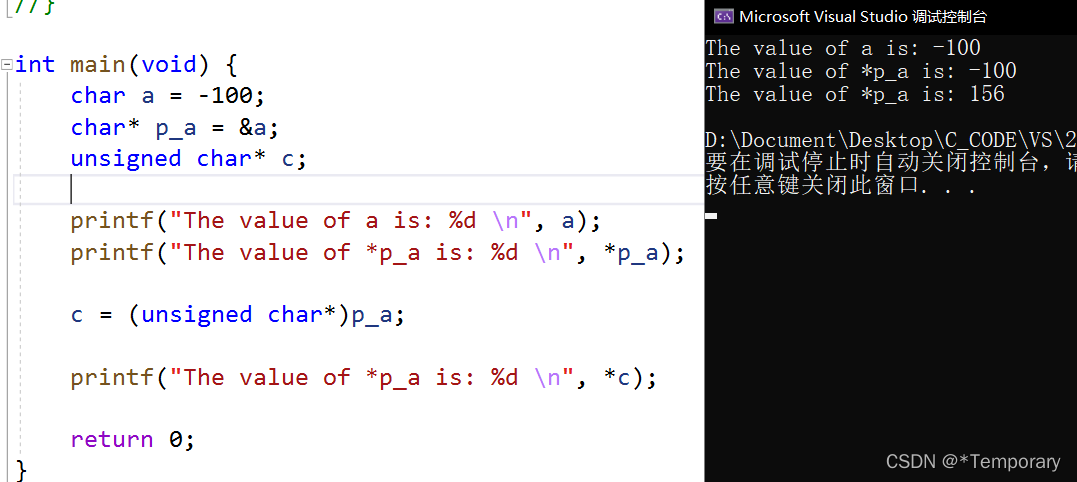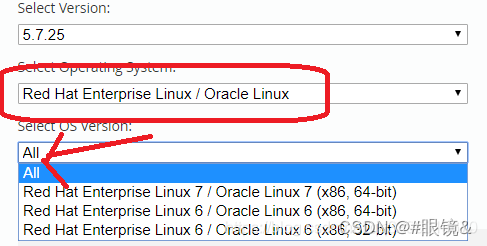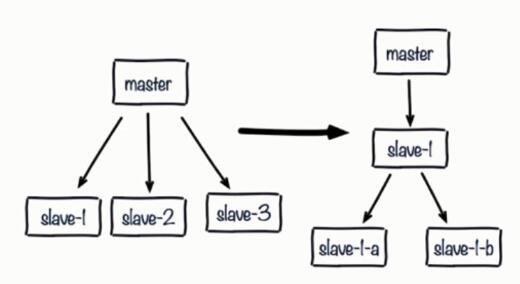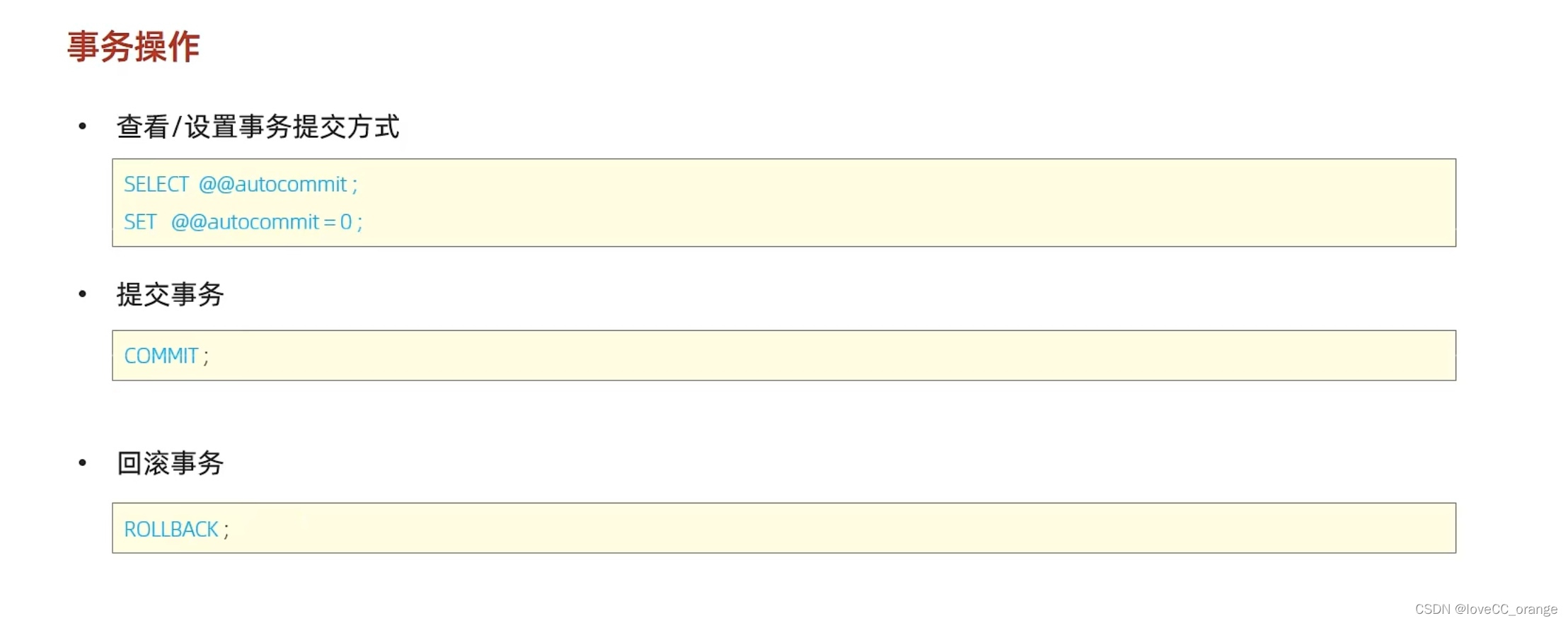当前位置:网站首页>Common processing of point cloud dataset
Common processing of point cloud dataset
2022-04-23 19:15:00 【Incense Dad】
Catalog
Dataset enhancements
Affine transformation
Translation transformation
import numpy as np
import random
# file name
old_file=r"rabbit.txt"
new_file=r"rabbit_change.txt"
# Translation parameters
x_offset=random.uniform(-10, 10)
y_offset=random.uniform(-10, 10)
z_offset=random.uniform(-10, 10)
# Transformation matrix
transformation_matrix=np.array([
[1,0,0,x_offset],
[0,1,0,y_offset],
[0,0,1,z_offset],
[0,0,0,1]
])
# Load the file
old_array=np.loadtxt(old_file)
old_xyz=old_array[:,:3]
# The supplementary data is homogeneous
ones_data=np.ones(old_xyz.shape[0])
old_xyz=np.insert(old_xyz,3,values=ones_data,axis=1)
# Transform data
new_xyz = np.dot(transformation_matrix,old_xyz.T)
new_array=np.concatenate((new_xyz.T[:,:3],old_array[:,3:]),axis=1)
np.savetxt(new_file,new_array,fmt='%.06f')
Rotation transformation
import numpy as np
import random
# file name
old_file=r"rabbit.txt"
new_file=r"rabbit_change.txt"
# Rotation Angle
roate_x=random.uniform(-np.pi/10, np.pi/10)
roate_y=random.uniform(-np.pi/10, np.pi/10)
roate_z=random.uniform(-np.pi/10, np.pi/10)
roate_x_matrix=np.array([
[1,0,0,0],
[0,np.cos(roate_x),-np.sin(roate_x),0],
[0,np.sin(roate_x),np.cos(roate_x),0],
[0,0,0,1]
])
roate_y_matrix=np.array([
[np.cos(roate_y),0,np.sin(roate_y),0],
[0,1,0,0],
[-np.sin(roate_y),0,np.cos(roate_y),0],
[0,0,0,1]
])
roate_z_matrix=np.array([
[np.cos(roate_z),-np.sin(roate_z),0,0],
[np.sin(roate_z),np.cos(roate_z),0,0],
[0,0,1,0],
[0,0,0,1]
])
# Transformation matrix
transformation_matrix=dot(roate_z_matrix).dot(roate_y_matrix).dot(roate_x_matrix)
# Load the file
old_array=np.loadtxt(old_file)
old_xyz=old_array[:,:3]
# The supplementary data is homogeneous
ones_data=np.ones(old_xyz.shape[0])
old_xyz=np.insert(old_xyz,3,values=ones_data,axis=1)
# Transform data
new_xyz = np.dot(transformation_matrix,old_xyz.T)
new_array=np.concatenate((new_xyz.T[:,:3],old_array[:,3:]),axis=1)
np.savetxt(new_file,new_array,fmt='%.06f')
Scale transformation
import numpy as np
import random
# file name
old_file=r"rabbit.txt"
new_file=r"rabbit_change.txt"
# Scaling parameters
scale=0.1
# Transformation matrix
transformation_matrix=np.array([
[scale,0,0,0],
[0,scale,0,0],
[0,0,scale,0],
[0,0,0,1]
])
# Load the file
old_array=np.loadtxt(old_file)
old_xyz=old_array[:,:3]
# The supplementary data is homogeneous
ones_data=np.ones(old_xyz.shape[0])
old_xyz=np.insert(old_xyz,3,values=ones_data,axis=1)
# Transform data
new_xyz = np.dot(transformation_matrix,old_xyz.T)
new_array=np.concatenate((new_xyz.T[:,:3],old_array[:,3:]),axis=1)
np.savetxt(new_file,new_array,fmt='%.06f')
Affine transformation
The synthesis of the above three transformations can be written as :
import numpy as np
import random
# file name
old_file=r"rabbit.txt"
new_file=r"rabbit_change.txt"
# Translation parameters
x_offset=random.uniform(-10, 10)
y_offset=random.uniform(-10, 10)
z_offset=random.uniform(-10, 10)
# Scaling parameters
scale=0.1
# Rotation Angle
roate_x=random.uniform(-np.pi/10, np.pi/10)
roate_y=random.uniform(-np.pi/10, np.pi/10)
roate_z=random.uniform(-np.pi/10, np.pi/10)
roate_x_matrix=np.array([
[1,0,0,0],
[0,np.cos(roate_x),-np.sin(roate_x),0],
[0,np.sin(roate_x),np.cos(roate_x),0],
[0,0,0,1]
])
roate_y_matrix=np.array([
[np.cos(roate_y),0,np.sin(roate_y),0],
[0,1,0,0],
[-np.sin(roate_y),0,np.cos(roate_y),0],
[0,0,0,1]
])
roate_z_matrix=np.array([
[np.cos(roate_z),-np.sin(roate_z),0,0],
[np.sin(roate_z),np.cos(roate_z),0,0],
[0,0,1,0],
[0,0,0,1]
])
# Transformation matrix
transformation_matrix=np.array([
[scale,0,0,x_offset],
[0,scale,0,y_offset],
[0,0,scale,z_offset],
[0,0,0,1]
]).dot(roate_z_matrix).dot(roate_y_matrix).dot(roate_x_matrix)
# Load the file
old_array=np.loadtxt(old_file)
old_xyz=old_array[:,:3]
# The supplementary data is homogeneous
ones_data=np.ones(old_xyz.shape[0])
old_xyz=np.insert(old_xyz,3,values=ones_data,axis=1)
# Transform data
new_xyz = np.dot(transformation_matrix,old_xyz.T)
new_array=np.concatenate((new_xyz.T[:,:3],old_array[:,3:]),axis=1)
np.savetxt(new_file,new_array,fmt='%.06f')
Affine transformation :
PCL Affine transformation , Realize the translation and rotation of point cloud
Add noise
import numpy as np
# file name
old_file=r"rabbit.txt"
new_file=r"rabbit_change.txt"
def add_noise(point, sigma=0.1, clip=0.1):
point = point.reshape(-1,3)
Row, Col = point.shape
noisy_point = np.clip(sigma * np.random.randn(Row, Col), -1*clip, clip)
noisy_point += point
return noisy_point
# Load the file
old_array=np.loadtxt(old_file)
old_xyz=old_array[:,:3]
new_xyz=add_noise(old_xyz)
new_array=np.concatenate((new_xyz,old_array[:,3:]),axis=1)
np.savetxt(new_file,new_array,fmt='%.06f')
Down sampling
import numpy as np
# file name
old_file=r"rabbit.txt"
new_file=r"rabbit_change.txt"
# Voxel filtering
def voxel_filter(point_cloud, leaf_size):
filtered_points = []
# Calculate boundary points
x_min, y_min, z_min = np.amin(point_cloud, axis=0) # Calculation x y z The maximum value of the three dimensions
x_max, y_max, z_max = np.amax(point_cloud, axis=0)
# Calculation voxel grid dimension
Dx = (x_max - x_min) // leaf_size + 1
Dy = (y_max - y_min) // leaf_size + 1
Dz = (z_max - z_min) // leaf_size + 1
# Calculate the voxel Indexes
h = list() # h Save indexed list for
for i in range(len(point_cloud)):
hx = (point_cloud[i][0] - x_min) // leaf_size
hy = (point_cloud[i][1] - y_min) // leaf_size
hz = (point_cloud[i][2] - z_min) // leaf_size
h.append(hx + hy * Dx + hz * Dx * Dy)
h = np.array(h)
# Screening point
h_indice = np.argsort(h) # return h The index of the elements sorted from small to large
h_sorted = h[h_indice]
begin = 0
for i in range(len(h_sorted) - 1): # 0~9999
if h_sorted[i] != h_sorted[i + 1]:
point_idx = h_indice[begin: i + 1]
filtered_points.append(np.mean(point_cloud[point_idx], axis=0))
begin = i+1
# Change the point cloud format to array, And return to
filtered_points = np.array(filtered_points, dtype=np.float64)
return filtered_points
# Load the file
old_array=np.loadtxt(old_file)
old_xyz=old_array[:,:3]
# Save the file
new_xyz=voxel_filter(old_xyz, 1)
np.savetxt(new_file,new_xyz,fmt='%.06f')
Data normalization
De centralization
centroid = np.mean(pc, axis=0)
pc = pc - centroid
Scale normalization
m = np.max(np.sqrt(np.sum(pc**2, axis=1)))
pc = pc / m
版权声明
本文为[Incense Dad]所创,转载请带上原文链接,感谢
https://yzsam.com/2022/04/202204231913486893.html
边栏推荐
- 2022.04.23 (lc_763_divided into letter interval)
- Regular expressions for judging positive integers
- Oracle配置st_geometry
- SSDB基础
- Application of DCT transform
- Openlayers 5.0 thermal diagram
- Coordinate conversion WGS-84 to gcj-02 and gcj-02 to WGS-84
- 在渤海期货办理开户安全吗。
- js获取本机ip地址
- The difference between ordinary inner class and static inner class
猜你喜欢

On the forced conversion of C language pointer

OpenHarmony开源开发者成长计划,寻找改变世界的开源新生力!

Wechat video extraction and receiving file path

Solutions such as unknown or garbled code or certificate problem prompt in Charles's mobile phone packet capture, actual measurement.

MySQL Téléchargement et installation de la version Linux

c#:泛型反射

redis优化系列(三)解决主从配置后的常见问题

FTP, SSH Remote Access and control

MySQL学习第五弹——事务及其操作特性详解

Reflection on the performance of some OpenGL operations in the past
随机推荐
Openlayers 5.0 discrete aggregation points
開關電源設計分享及電源設計技巧圖解
JVM的类加载过程
js获取本机ip地址
Codeforces Round #783 (Div. 2) D题解
该买什么设备,Keysight 给你挑好了
Switching power supply design sharing and power supply design skills diagram
redis优化系列(三)解决主从配置后的常见问题
Zlib realizes streaming decompression
Android Development: the client obtains the latest value in the database in real time and displays it on the interface
Accessing private members using templates
Using Visual Studio code to develop Arduino
Solutions such as unknown or garbled code or certificate problem prompt in Charles's mobile phone packet capture, actual measurement.
From technical system to business insight, the closing chapter of the practice of small and medium-sized R & D team structure
[report] Microsoft: application of deep learning methods in speech enhancement
Modify the font size of hint in editext
Matlab 2019 installation of deep learning toolbox model for googlenet network
点云数据集常用处理
Raspberry pie uses root operation, and the graphical interface uses its own file manager
c1000k TCP 连接上限测试